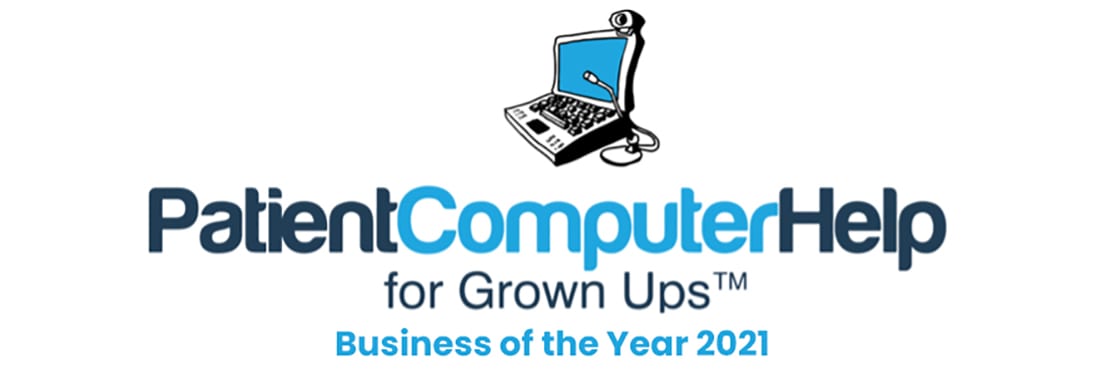
It is that time again to start thinking about bringing your systems up to date. An operating system upgrade to Windows 10 may seem like a daunting task, but it might be more advantageous than you think. To help you make an informed decision as to why you should take the leap and upgrade now to Windows 10, let us address a few things you should be weighing as you consider moving forward.
Older Operating Systems Losing Support
We all like holding on to those classic operating systems as long as we can. We get used to the look and feel of a particular operating system environment and the thought of change is, by all accounts, somewhat disturbing. With each new operating system upgrade there is always going to be a period of familiarization that is necessary for helping you regain your bearings; however, one thing to seriously consider is that Microsoft could stop providing support for your older operating system at any time. Although they will perhaps continue to support Windows 7 and 8, for example, for some time, other older versions of the Microsoft OS environment will simply become less important to support as more and more users take advantage of upgrading to the latest Windows 10 operating system.
Less Crashing
Another great reward for upgrading to Windows 10 is that there is improved reliability. While older operating systems had a tendency to freeze or crash every time you turned around, Windows 10 has the ability to operate more reliably than its predecessors. One way to increase the operational efficiency of your Windows 10 operating system is to utilize the on-board Reliability Monitor feature to debug and troubleshoot systems problems across a number of different causal areas of concern. From application to hardware problems, Reliability Monitor will be a useful tool for helping your Windows 10 PC run as smoothly as possible.
New Features
With the release of any new operating system, you always expect some level of new functionality. This is generally introduced in the form of new features and Windows 10 has a number of new features that make it easier to use than Windows 8. For starters, the designers over at Microsoft got the hint and returned the start menu to the windows 10 environment for easier use of the operating system. The revised start menu also helps to organize metro apps and is highly customizable for user needs.
Most people, however, don’t like the new Start Menu either. A lot of our clients have found it useful to install “Classic Start,” from Ninite.com. It gives a Start Menu a lot like you’ll remember from Windows 7, and you don’t have to put up with what Microsoft thinks you need.
Another key feature to look for is Microsoft’s personal digital assistant, Cortana, which has migrated from their smartphone application environment over to their operating system environment. Whether Cortana is helping you perform a search or making you crack a smile with a joke, it has become a useful feature that many Windows 10 users have come to appreciate; that’s what’s been reported, though we haven’t found a soul who likes it. Another key feature that has been improved some is the Windows 10 Narrator feature. This feature makes it possible for people with low vision, for example, to have greater flexibility in navigating their Windows 10 operating system and improves browsing functionality on the web; however, do not expect this feature to replace a fully integrated screen reader for blind accessibility use.
Edge
If you thought you would be stuck with Internet Explorer in Windows 10, think again. Microsoft finally got around to taking a seriously new look at the online browsing experience of their users and provided Windows 10 with a sleek, faster browser called Edge. Edge strips away much of the clutter and provides users with an improved browsing experience on the web. Edge even tries to anticipate your needs to some degree and will provide additional information, such as directions to that restaurant you are looking up or other related information that might be useful during your browsing experience.
At Patient Computer Help, however, we always install Google’s Chrome web browser as well as Mozilla’s Firefox. We personally like the ease of use of those two over Edge.
Conclusion
Making the transition to Windows 10 is no small decision. While this will come with certain inevitable changes to your computer’s operation, it will also come with a number of benefits. It is time to start taking advantage of these benefits today.
Contact us at Patient Computer Help to help you with any questions or concerns you have with getting your new Windows 10 PC operating at peak performance.
